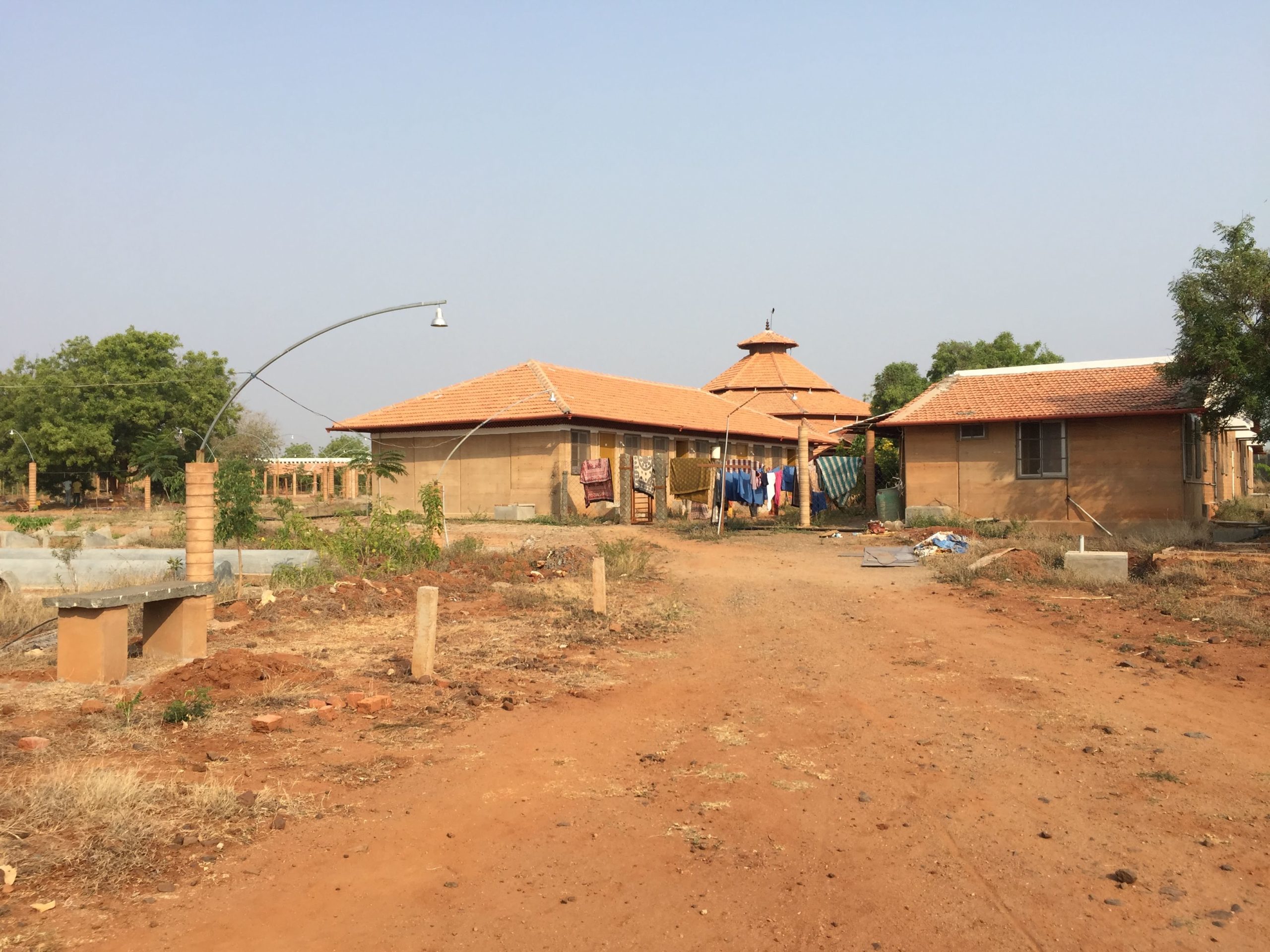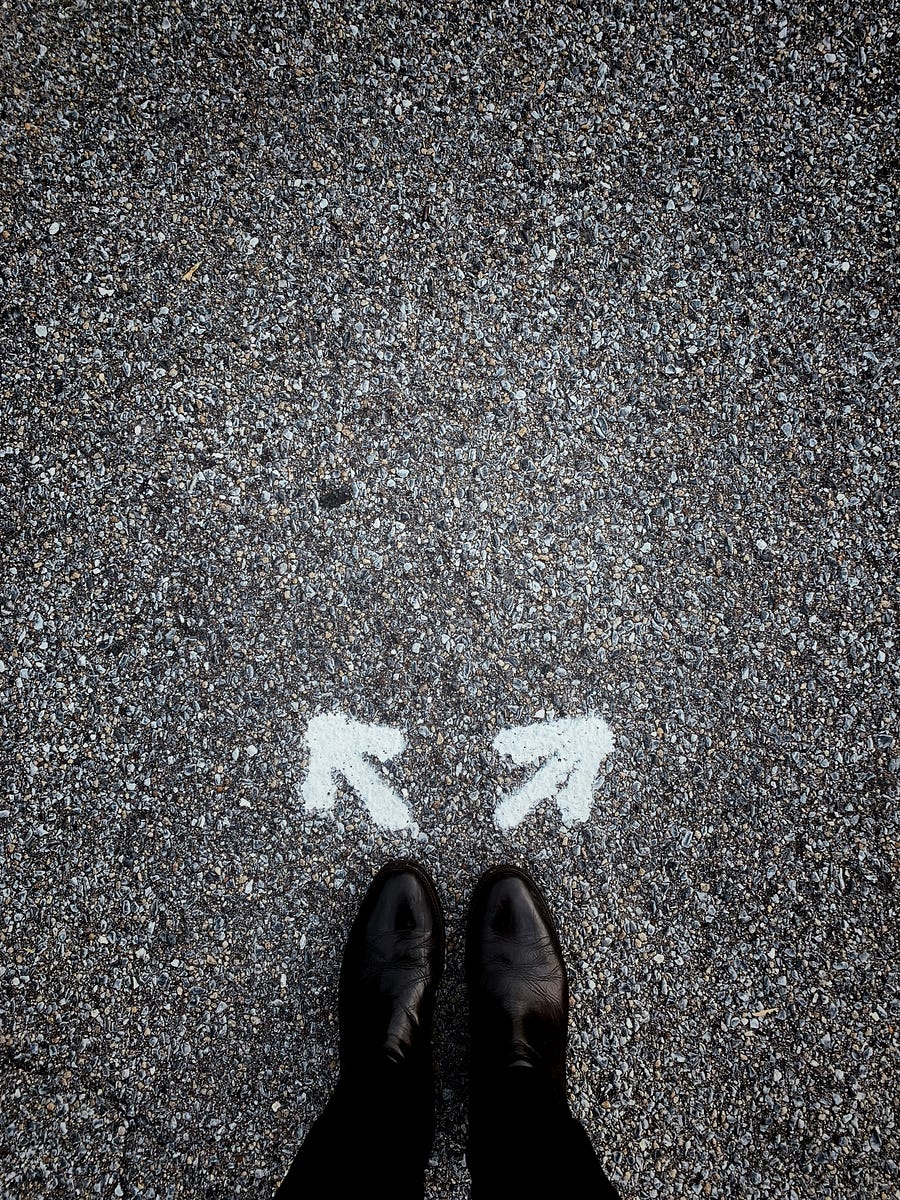Mui Ne, Vietnam: a kitesurfer’s dream and the best little getaway you’ve never heard of.
A small town on the coast that captivates you from the first moment. It’s hard to sum up this gem of a destination in a few words; there’s a certain buzz about the area that’s enthralling yet easygoing at the same time. Boasting pristine beaches and mostly untouched by urban development, many visitors have arrived with the intention of staying a night or two, and end up staying a month or three. Or years.
Image: bangkokattractions.com
With swaying palms lining pristine beaches, gorgeous natural sand dunes and a growing expat scene, it might just be the best hidden paradise in Southern Vietnam.
Here’s five reasons why you should visit Mui Ne…but careful, you might end up never leaving:
- It’s a kitesurfer’s dream.
If you’re the adventurous type, there’s plenty to do, especially if you love watersports. Mui Ne is famous for its kitesurfing, windsurfing and surfing scene. October until April is the best time to go if you want to catch the best waves. The offshore winds during this time create some decent-sized waves which are perfect to ride.
The whole coastline has some pretty good surf, but one of the best spots is at Suoi Nuoc Beach. The conditions are best from July to October with fantastic wind and swell. They even have annual stand up paddleboard and surf competitions hosted by Jibes Beach Club.
2. To stay at Longson Mui Ne Campgrounds.
Okay, this place gets a whole category on its own.
When I arrived at Longson Mui Ne Campgrounds I instantly knew why people come and never leave. It is a true oasis – a fresh breath of air away from the noisy town and a luxurious resort for the budget traveler. It is a restaurant, beach club, and campground all rolled into one, with heaps of space to spread out and plenty of extracurriculars to keep you entertained if you want a bit more action.
- Ambiance: From the moment you step inside you feel compelled to grab a fresh juice or cocktail, relax in one of the lounge chairs, or post up in a hammock with a good book. The place is massive, with a full stage for special music events, an inviting beach bar and large social areas for meeting people and hanging out. There are so many places to sit that you’ll have a hard time deciding where to post up for the afternoon!
- Affordable: The kitchen serves traditional Vietnamese and western cuisine and they’ve even got a daily rotating $1 meal special for the budget-conscious. But that’s not all you’ll get for a bargain! Most of the beds are just under $4 per night – ranging from beachside or garden tents for $2/night, open-air dorm beds for $4 and luxury tents for $7.
- Back to Nature: The accommodation is surrounded by lush gardens and peppered with plenty of palm trees, so you’re never at a loss for a fresh coconut. The beach stretches for km’s on either side, perfect for a morning or evening stroll. There’s sun and a fresh breeze during all the dry season. Did I mention it’s right in front of the sea? Going to bed with the sound of the ocean waves will be the cherry on top of your peaceful stay.
- Good People: All of the staff and volunteers are extremely welcoming, inclusive, and make it easy to meet people. You’re sure to meet a variety of interesting souls and leave with many new friends!
- Activities: Dune tours, surf lessons, pub crawls, movie nights, poker games, and a host of other nightly activities to keep you entertained. If you’re a painter, writer, or a creator there’s ways you can get involved. If you want to do some yoga or get a massage, they’ve got that covered too!
I’ve stayed in a lot of hostels in over 25 different countries, and I can honestly say this is among the top 5 of all hostels I’ve ever stayed in. If you’re looking for a wild experience in a beachfront resort setting…this is the place for you!
3. It’s got amazing geological wonders.
Who would’ve thought you’d find Sahara-like sand dunes in the middle of Vietnam? Mui Ne is home to magical red and white rolling sand dunes that are only a bus or scooter ride away. The white ones are bigger and more impressive, but the red ones are just as interesting and beautiful especially for the picturesque red glow you’ll find at sunset. Book a tour or explore on your own; you can rent a dune buggy at the white ones for a fee.
The Fairy Stream is an equally impressive hotspot. Located 18 km northeast of Mui Ne, this dramatic geological formation of reds, whites and pinks is actually a water fissure that’s surrounded by red and white sand dunes and a field of coconut palms and flowers. You can wade through the ankle-deep water that flows from Ham Tien’s Dinh Mountain.
4. It’s the perfect mix of local life and tourism.
For a taste of local life, visit the Mui Ne Fishing Village. With expansive coastline and colorful fishing boats, it’s a fantastic place to watch the fishermen bring in their morning catch or get a taste of some fresh seafood. PhanThiet Central Market is a must-visit if it’s fresh and cheap produce you’re after: you’ll find huge crowds of locals haggling for everything from fruits, spices, veggies, nuts, fresh shrimp and squid and snails.
In town, you’ll find dozens of cafes, restaurants, and some low-key bars dotted in between the local stores and markets, if you’re looking to mingle with some other foreigners or taste some delicious food. I recommend cozying up at Chez Oanh Cafe, a mellow and comfortable place painted in whites and blues, shaded by plants and plenty of power outlets if it’s workspace you’re looking for.
The Dong Vui Food Court, smack dab in the middle of town is an awesome place to snag some authentic Vietnamese cuisine or choose from the number of other vendors (Donor Kebab, Green Queen Healthy Eats, Taste of India), grab a jug of Rooster beer and people watch the night away.
- To do…nothing.
Soak up the wild and rugged serenity. Chill on the pristine beaches with a fresh coconut. Lounge in a hammock with a book or give yourself the luxury of catching up on some much-needed rest. It is a haven for the weary traveler. Whether you opt to stay in town or choose one of the roomier resorts out toward Longson…you are sure to be rewarded by good vibes and plenty of space to relax and do, well…nothing.









